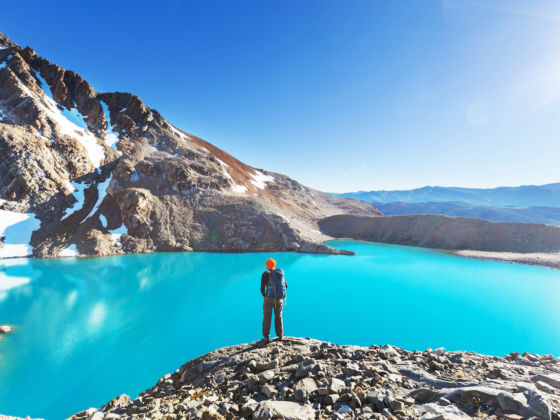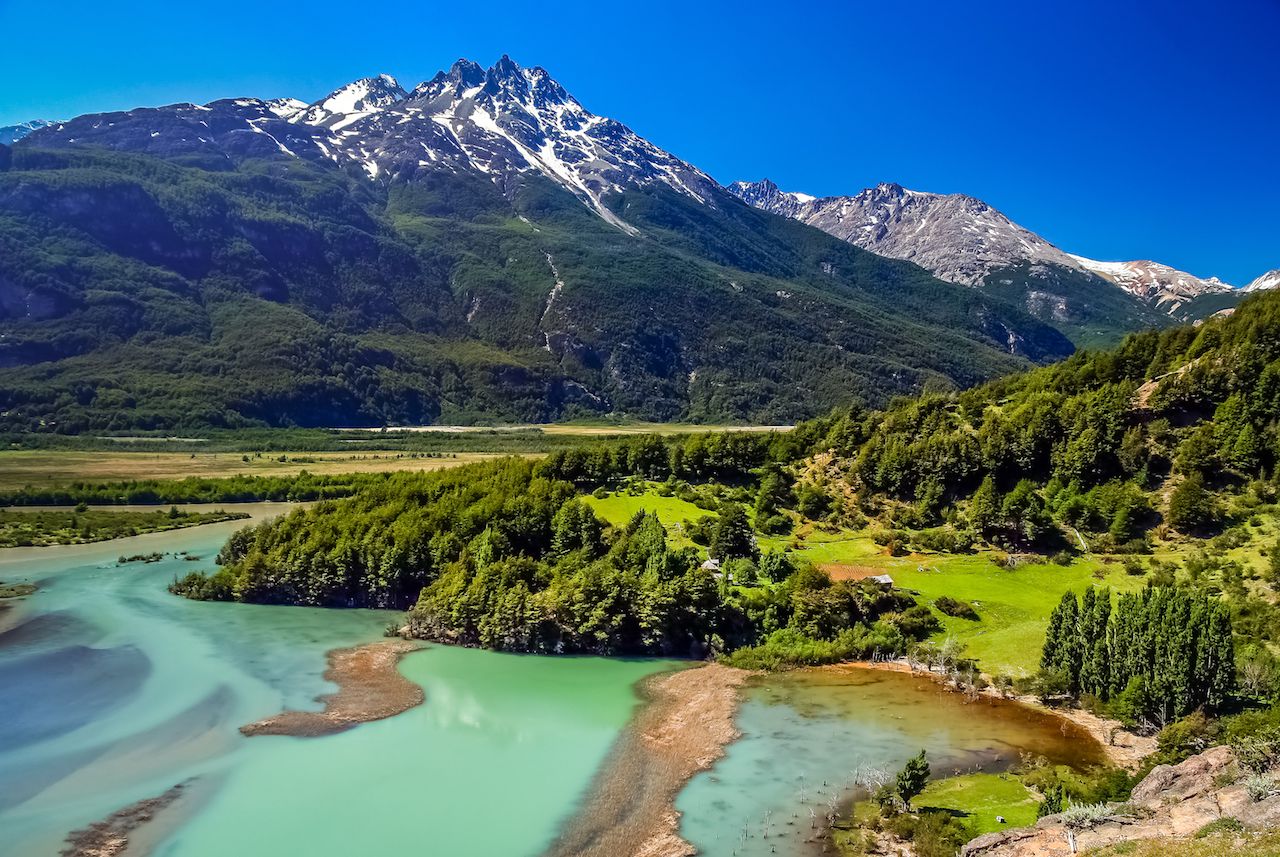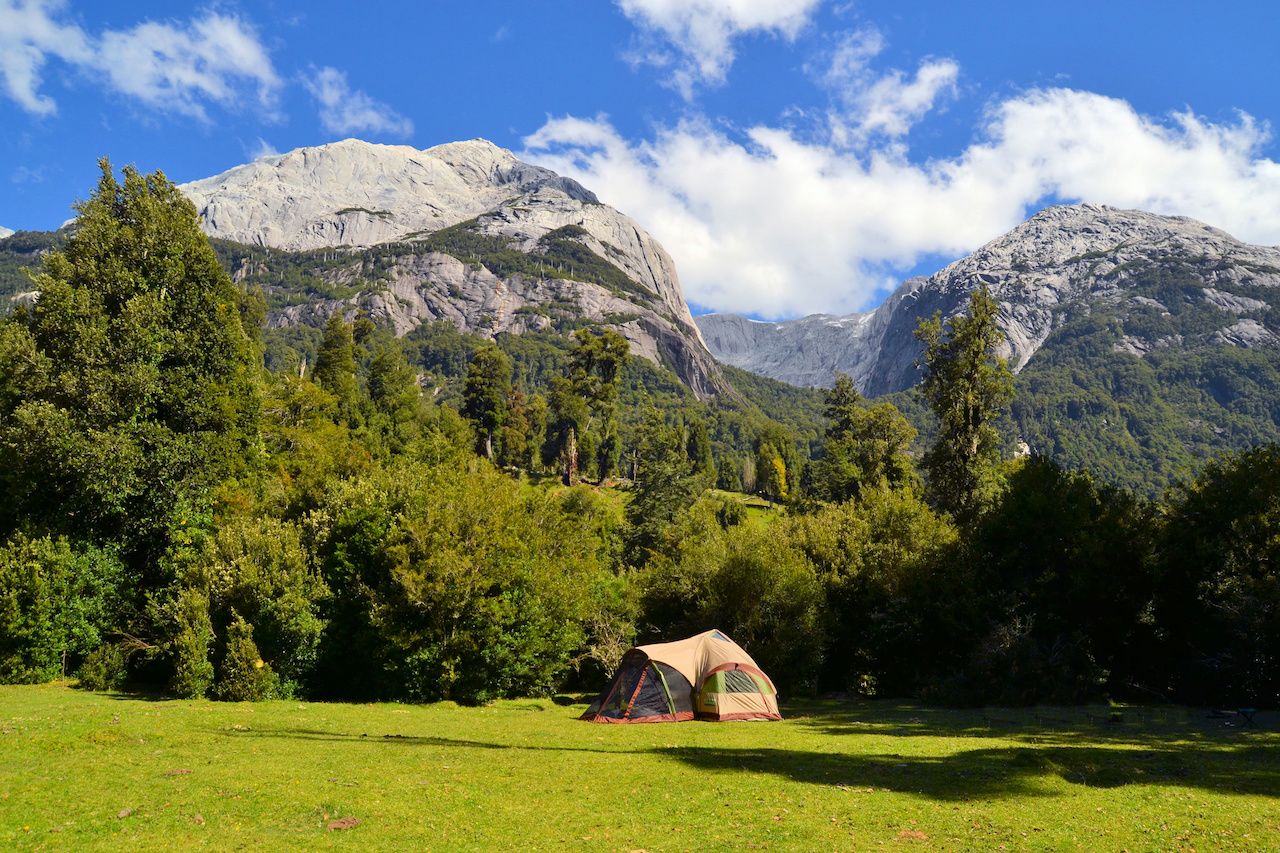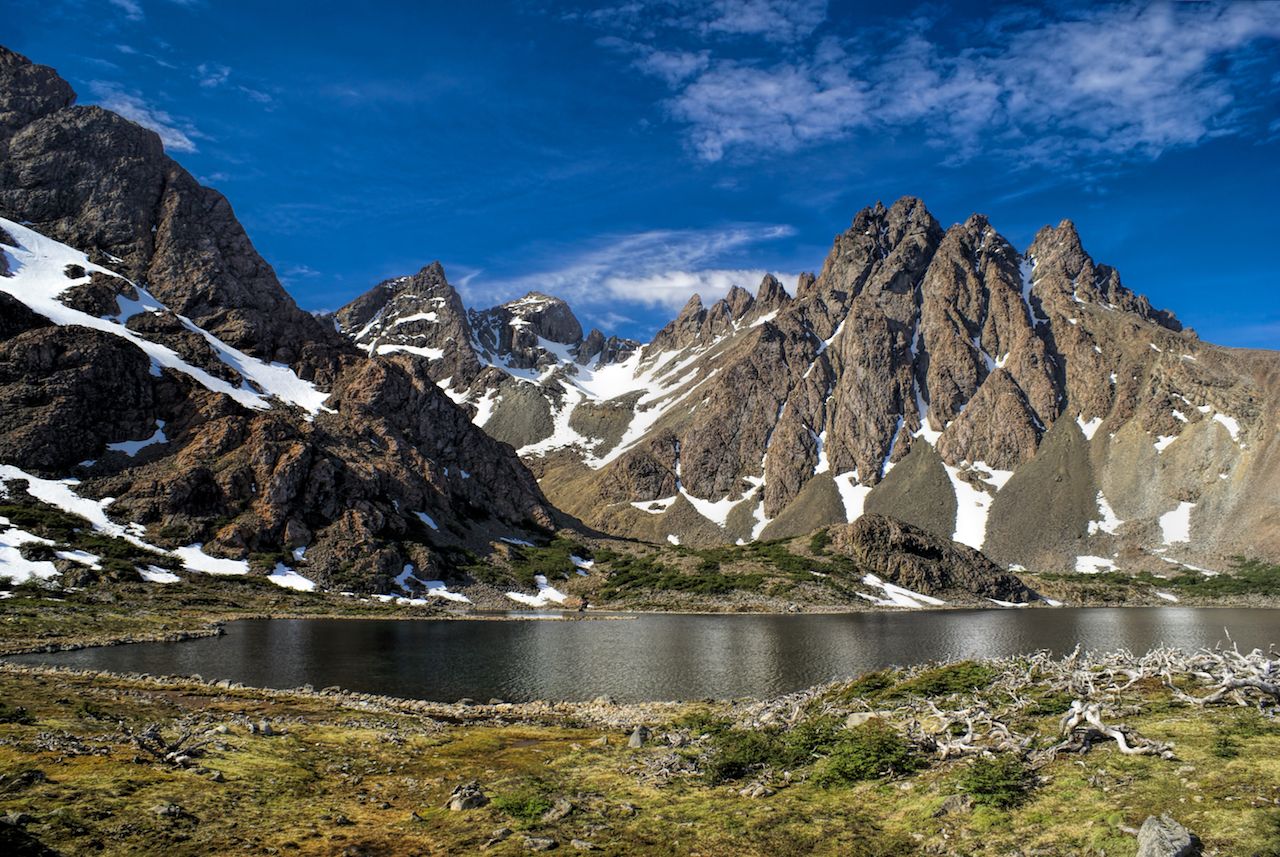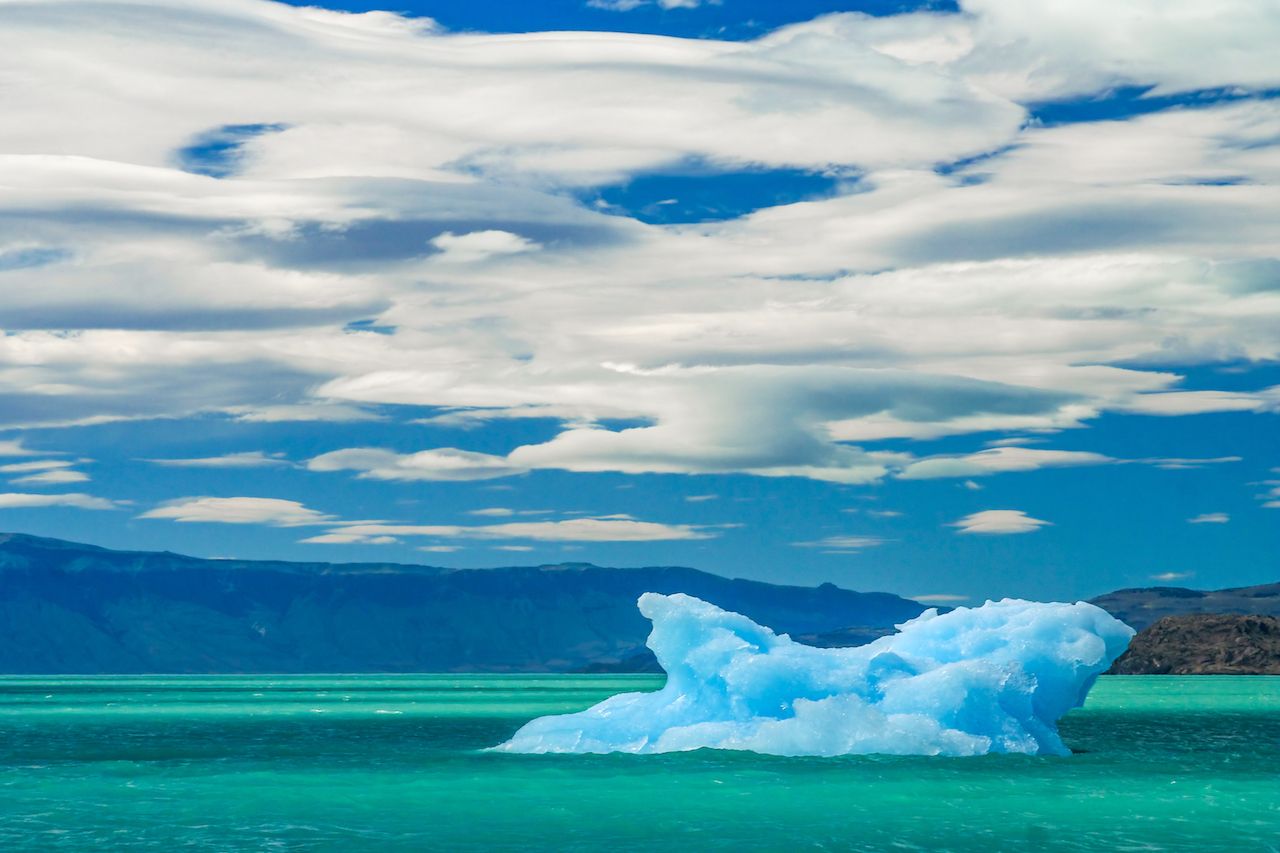Most backpackers to Patagonia these days are going to take on the W Trek in Chile’s Torres del Paine National Park and visit Mount Fitz Roy and the Perito Moreno Glacier in Argentina’s Los Glaciares. These are certainly stunning locations, but with all that interest comes oversaturation. These two parks now attract hundreds of thousands of annual visitors who crowd the trails and campsites, especially from December to March, and make these wilderness destinations feel more like packed amusement parks than secluded escapes into nature.
Patagonia, a vast region covering over 400,000 square miles in southern Chile and Argentina, has far more to offer travelers who want to see the sights without the hordes. With forests, glaciers, mountainous valleys, fjords, rivers, lakes, and pampas (plains), Patagonia is full of pristine landscapes to explore on foot. So if you’re looking for a hike or trek that showcases the best of Patagonia away from the crowds of Torres del Paine and Los Glaciares, these four awesome treks fit the bill.
